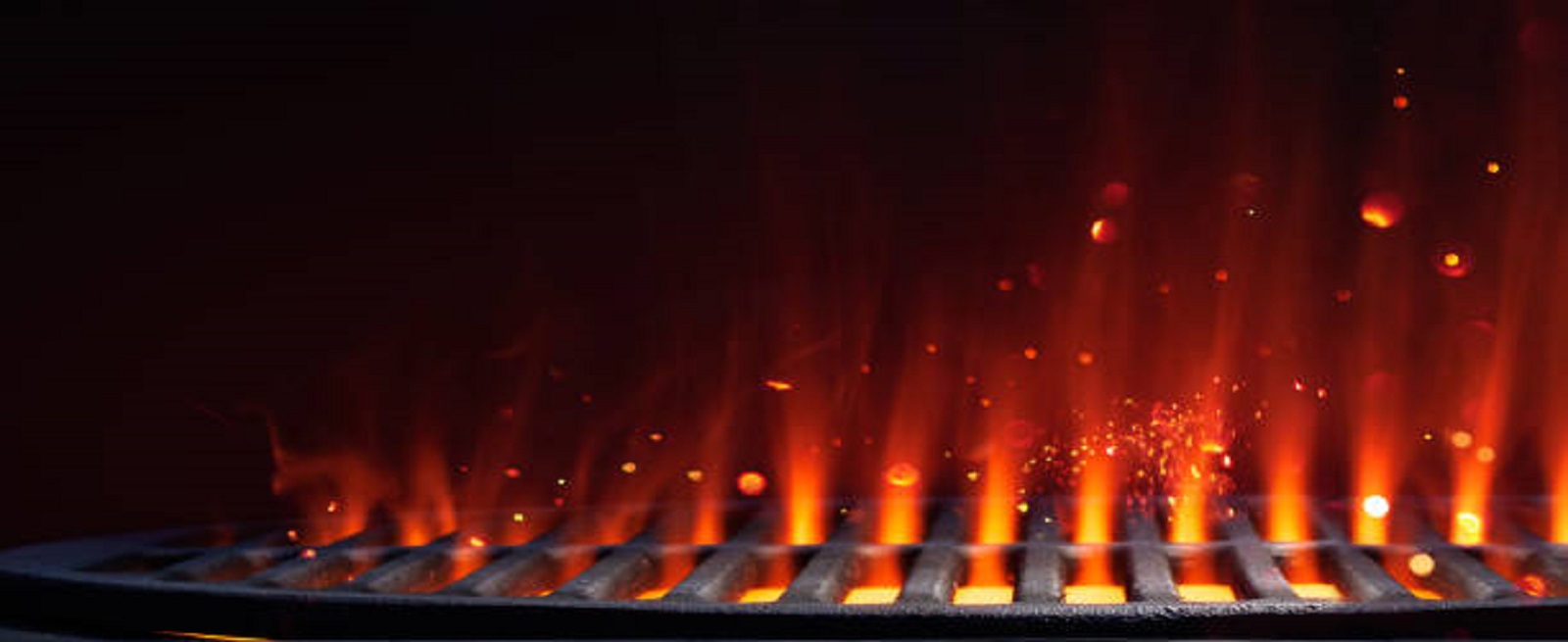The Town of Blind River provides safety tips before and during the use of propane and natural barbecues to enable a safe and enjoyable barbecuing season.
Please note, always use barbecues outdoors only. They produce carbon monoxide, a poisonous gas that can lead to unconsciousness and even death. Never use or store propane cylinders inside any indoor structure, including garages.
Barbecue purchasing and maintenance
- When buying a barbecue, choose one that bears the CSA, ITS or ULC label. Be sure to follow the manufacturer's instructions and have it repaired by a trained professional when necessary.
- Propane cylinders must be inspected and re-certified every 10 years. Check your propane cylinder for the date of manufacture.
- Inspect and clean your barbecue at least once each year, preferably prior to its first use.
At the start of barbecue season, perform this three-step safety check of your barbecue:
- Clean: Use a pipe cleaner or wire to ensure burner ports are free of rust, dirt, spider webs or other debris. Replace any rusted or damaged burners.
- Check: Examine the hose leading from the tank to the burners. Replace it if you find that it is cracked or damaged. If your barbecue connection has an "O" ring, check it every time you connect the cylinder. Replace missing, deformed, cracked or damaged "O" rings.
- Test: Find leaks by applying a 50/50 solution of water and dish soap to propane cylinder connections and hoses when the barbecue is turned off. Open the cylinder valve. If bubbles appear, close the valve, tighten the connection and/or replace the damaged parts. Re-test until there are no leaks.
Starting your barbecue
Follow these steps when starting a barbecue:
- Open the hood.
- Turn on the gas release valve on the tank.
- Turn on the grill controls or heat settings.
- Take a step back.
- Push the igniter button.
- If there is no igniter button, insert a long match or barbecue lighter through the side burner hole first, then turn on the heat control knob.
- If the burner does not ignite right away, turn the gas off and wait five minutes, keeping the hood open, before repeating the procedure.
Using your barbecue
- When using a match, always light it before turning on the gas to prevent excessive gas build-up. If the barbecue is equipped with an electric igniter, follow the directions on the control panel.
- Do not place the barbecue close to wooden fences or walls, vinyl siding or anything that can burn. The area behind your barbecue must be free of anything that can ignite, as this is where hot gases escape.
- Keep loose clothing away from a hot barbecue.
- Both propane and natural gas flames should be mostly blue with yellow tips. If the flame is mostly yellow, do not use the barbecue and have it checked.
- Prevent grease from dripping onto the hoses or cylinder. Grease build-up is a fire hazard.
- Never throw water on a grease fire. This will only spread the flame.
- Never store extra propane cylinders under or near your barbecue. Excess heat may overpressure the cylinder and cause it to release propane from the cylinder's relief valve.
- Never leave the barbecue unattended while in use and ensure children and pets stay at least one metre away from a hot barbecue.
- After barbecuing, turn the gas valve off first, then turn off the burner controls, so no gas is left in the connecting hose. Allow the barbecue to cool completely before closing the lid.
- If you live in an apartment or condo building, check with the building owner or property manager, or the Condominium Act of your building, regarding the use of barbecues on your building's balconies.
Learn more
For more information and resources on barbecue and carbon monoxide safety, visit the Technical Standards Safety Authority.
Contact Us
 Subscribe to this page
Subscribe to this page





